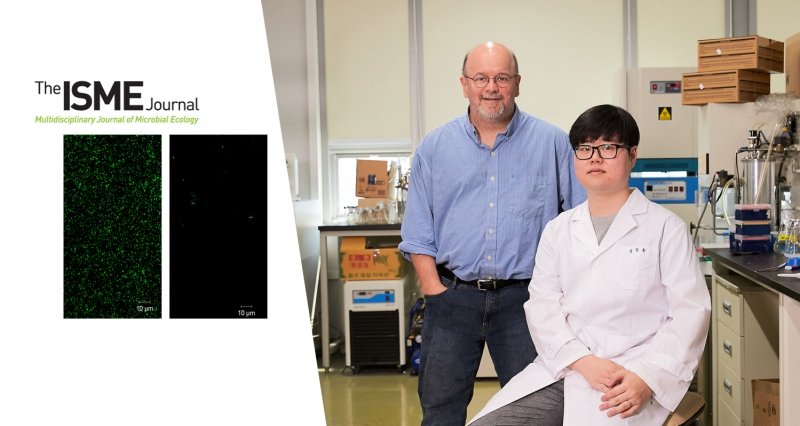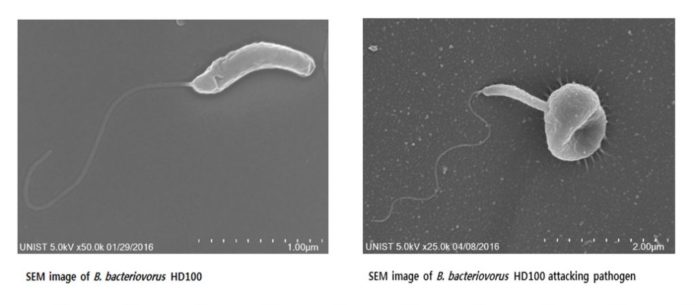A universal group of scientists, subsidiary with UNIST has divulged that biofilms framed by pathogenic microscopic organisms can be degraded by bacterial predators. They expect that this achievement can help in expelling biofilms, the main drivers of ceaseless bacterial diseases.
This leap forward has been driven by Professor Robert J. Mitchell and his examination group in the School of Life Sciences at UNIST.
Scientists reported that Bdellovibrio bacteriovorus and other similar organisms collectively referred to as BALOs (Bdellovibrio-and-like-organisms) plays a predominant role in the removal of the established biofilms of Gram-positive bacteria.

The research team hopes that the biofilm degradation effect of Gr
This exhibits another physiological part of BALOs, as this bacterium assaults just Gram-negative bacterial strains and their biofilms.
BALOs are bacterial predators that assault and go after other Gram-negative pathogens without hurting humans. Attributable to its capacity to originate before, upon Gram-negative bacterial strains and their biofilms, BALOs have been proposed as probiotic microorganisms. A noteworthy restriction of BALOs, notwithstanding, was their failure to assault Gram-positive strains.
In order to get better insights on BALO’s, scientists started researching the collaboration amongst BALOs and Gram-positive bacterial pathogens. Utilizing Staphylococcus aureus biofilms, the exploration group did different investigations.
Their findings showed that a predatory bacterium, entitled Bdellovibrio bacteriovorus HD100 degrades the biofilm matrix, obtains nutrients and uses these to produce and secrete proteolytic enzymes to continue this process. Subsequent experiments also showed that B. bacteriovorus HD100 gained several clear benefits from its interactions with S. aureus biofilms, including increased ATP pools and improved downstream predatory activities when provided prey.
The research team hopes that the biofilm degradation effect of Gram-positive bacteria will be verified and the application range of bello in the treatment of infections will be expanded. For Gram-negative bacteria, Bello itself is supported. For Gram-positive bacteria, the biofilm is removed through bellows, and then the effect of treatment is enhanced by using antibiotics.
“The biofilm of bacteria can be found not only in the human body but also in everyday life such as pipes and water tanks through which water flows,” says Professor Mitchell. “By using the bio-degrading effect of bellows, biofilm can be removed environmentally.”
Scientists published their story in the ISME Journal: Multidisciplinary Journal of Microbial Ecology on May 31.
